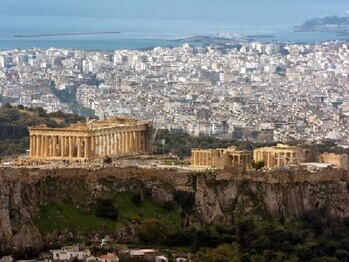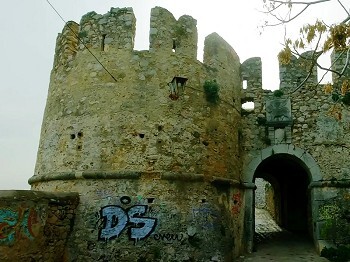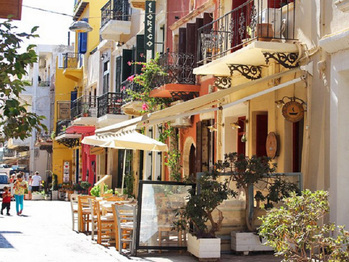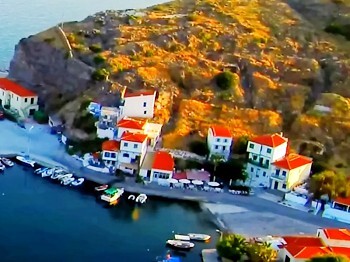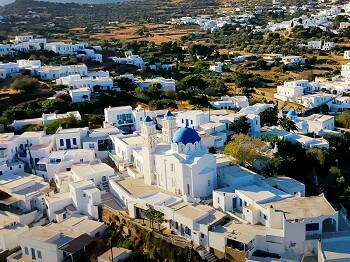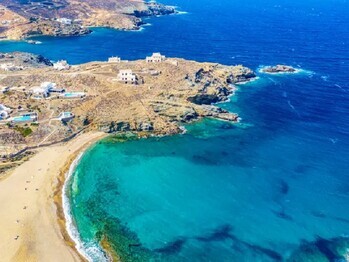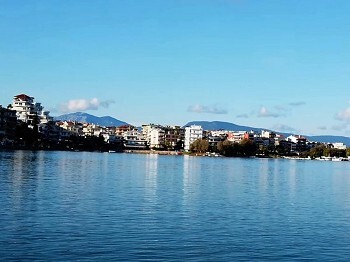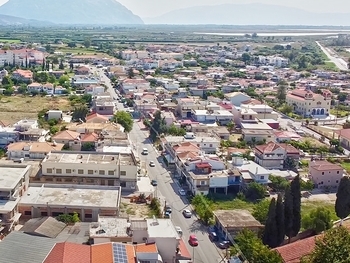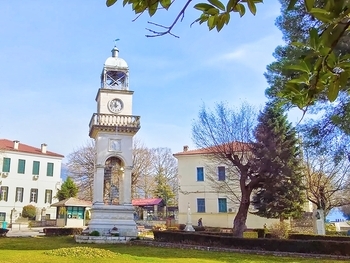Piraeus, the largest port in the Balkans and one of the Mediterranean's titans, stands as a testament to the confluence of cultures and civilizations.
Piraeus witnessed exponential growth in the wake of Greece's modern statehood, characterized by a flurry of construction and cultural vibrancy.
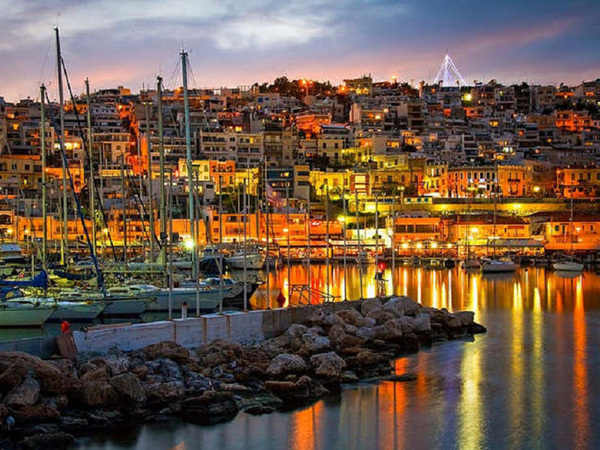
Delving into antiquity, the origins of Piraeus fade into the mists of time, with the first settlement emerging in what is now Kastella. The sagacious leaders of ancient Greece recognized Piraeus's strategic significance.
Themistocles, with foresight, relocated Athens' port from Phaleron to Piraeus, fortifying it for naval endeavors. Subsequent leaders like Cimon further fortified Piraeus, culminating in the famed long walls connecting Athens and Piraeus, completed during Pericles's era in 456 BC. In the aftermath of the Peloponnesian War, Piraeus, inseparable from Athens, weathered the same trials.
The grand long walls, painstakingly erected, fell victim to Spartan aggression, their triumph marked by ruinous devastation.
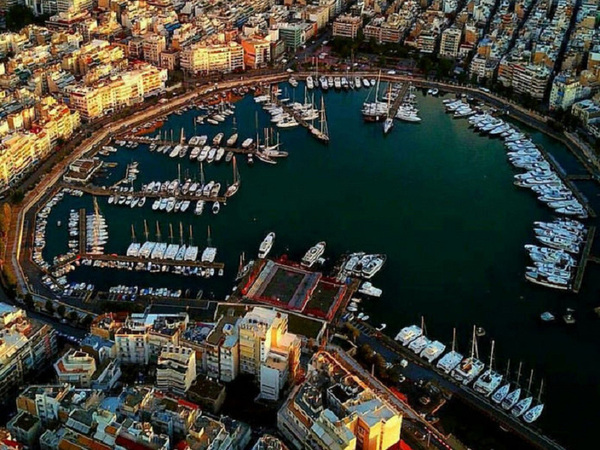
Tracing Piraeus's historical odyssey leads to its Archaeological Museum, a treasury of Classical and Hellenistic artifacts. Moreover, Piraeus proudly showcases architectural marvels, epitomized by the Electric Railway Station, an iconic blend of form and function, emblematic of Neoclassical finesse.
The landscape of Piraeus is adorned with myriad landmarks: the crimson-hued Church of Ayia Triada, the imposing Metropolis, the modernist Piraeus Port Authority exhibition center, the serene Church of Agios Spiridon, the bustling Akti Miaouli, and the sleek Akti Xavierou, home to contemporary shipping enterprises.
Venturing south to Piraiki reveals remnants of the ancient long walls, a poignant reminder of Piraeus's storied past. The enchanting harbors of Zea and Mikrolimano, along with the picturesque Passalimani, and the vantage point of Kastella hill, adorned with majestic Neoclassical residences, offer vistas not to be missed.
